Seth
« Horus : polysĂ©mie et mĂ©tamorphoses »
ENiM 6, 2013, p. 1-26.
 À l’instar du théonyme « Seth », le théonyme « Horus » est éminemment polysémique. Fondé sur l’analyse de plus de 900 attestations dans les Textes des Pyramides, cet article tente de classifier les différents référents théologiques, depuis le modèle archaïque, à portée historiographique, d’Horus de Hiéraconpolis jusqu’à l’élaboration de la figure d’Horus l’enfant héritier de son père Osiris. Au-delà du discours religieux, comme toujours, se laissent deviner les évolutions d’une pensée politique et les lourdes implications idéologiques de la diffusion du dogme osirien.
À l’instar du théonyme « Seth », le théonyme « Horus » est éminemment polysémique. Fondé sur l’analyse de plus de 900 attestations dans les Textes des Pyramides, cet article tente de classifier les différents référents théologiques, depuis le modèle archaïque, à portée historiographique, d’Horus de Hiéraconpolis jusqu’à l’élaboration de la figure d’Horus l’enfant héritier de son père Osiris. Au-delà du discours religieux, comme toujours, se laissent deviner les évolutions d’une pensée politique et les lourdes implications idéologiques de la diffusion du dogme osirien.
 Just as « Seth » appears to be, the god name « Horus » is an highly polysemic character. Through the analysis of over 900 occurrences in the Pyramid Texts, this paper attempts to classify the various theological referents, from the archaic model of Horus of Hieraconpolis – built for historiographical purpose – to the development of the character of Horus the child, heir of his father Osiris. Beyond the religious discourse, as usual, one can guess the trends of a political thought and the heavy ideological implications of the spread of the Osirian dogma.
Just as « Seth » appears to be, the god name « Horus » is an highly polysemic character. Through the analysis of over 900 occurrences in the Pyramid Texts, this paper attempts to classify the various theological referents, from the archaic model of Horus of Hieraconpolis – built for historiographical purpose – to the development of the character of Horus the child, heir of his father Osiris. Beyond the religious discourse, as usual, one can guess the trends of a political thought and the heavy ideological implications of the spread of the Osirian dogma.
 Consulter cet article (65529) -
Consulter cet article (65529) -  Télécharger cet article au format pdf (32892)
Télécharger cet article au format pdf (32892)
« Osiris et le gattilier »
ENiM 6, 2013, p. 33-78.
 Du lointain Orient, les Égyptiens ont importé une plante et sa graine qui étaient réputées avoir des vertus anaphrodisiaques et qui leur paraissaient, de ce fait, avoir des propriétés anti-séthiennes. Vouées pour cette raison à Osiris, elles furent employées pour assurer la protection de la momie contre le dieu Seth mais aussi pour protéger le médecin qui affrontait les démons des maladies ligués par ce dieu et mis au service du redoutable dieu Khonsou.
Du lointain Orient, les Égyptiens ont importé une plante et sa graine qui étaient réputées avoir des vertus anaphrodisiaques et qui leur paraissaient, de ce fait, avoir des propriétés anti-séthiennes. Vouées pour cette raison à Osiris, elles furent employées pour assurer la protection de la momie contre le dieu Seth mais aussi pour protéger le médecin qui affrontait les démons des maladies ligués par ce dieu et mis au service du redoutable dieu Khonsou.
 The Egyptians imported, from the Far East, a plant together with its seed that is known for its anaphrodisiac powers, and thus seemed to have anti-Sethian properties. Being dedicated, for that reason, to Osiris, they were used to ensure the protection of the mummy from the god Seth as well as protecting the physician who was dealing with the demons of the diseases associated with that god and placed at the service of the dreadful god Khonsu.
The Egyptians imported, from the Far East, a plant together with its seed that is known for its anaphrodisiac powers, and thus seemed to have anti-Sethian properties. Being dedicated, for that reason, to Osiris, they were used to ensure the protection of the mummy from the god Seth as well as protecting the physician who was dealing with the demons of the diseases associated with that god and placed at the service of the dreadful god Khonsu.
 Consulter cet article (55157) -
Consulter cet article (55157) -  Télécharger cet article au format pdf (28663)
Télécharger cet article au format pdf (28663)
« Nhr, un surnom Ă caractère sexuel du dieu Seth ? »
ENiM 7, 2014, p. 221-228.
 Les différentes facettes de la nature fortement sexuée du dieu Seth sont largement évoquées dans les sources égyptiennes et ce, depuis les traditions les plus anciennes. Partant, on peut s’étonner du fait que, parmi les nombreux surnoms du dieu, aucun ne semble faire clairement état de ce trait distinctif.
L’analyse porte ici sur le terme nhr, surnom de Seth principalement attesté dans le Livre de protéger la barque-nechemet, et communément rendu par « le Méchant » ou « le Terrifiant ». Or, l’enquête semble révéler un champ sémantique sans doute plus en phase avec la forte nature sexuelle du dieu.
Les différentes facettes de la nature fortement sexuée du dieu Seth sont largement évoquées dans les sources égyptiennes et ce, depuis les traditions les plus anciennes. Partant, on peut s’étonner du fait que, parmi les nombreux surnoms du dieu, aucun ne semble faire clairement état de ce trait distinctif.
L’analyse porte ici sur le terme nhr, surnom de Seth principalement attesté dans le Livre de protéger la barque-nechemet, et communément rendu par « le Méchant » ou « le Terrifiant ». Or, l’enquête semble révéler un champ sémantique sans doute plus en phase avec la forte nature sexuelle du dieu.
 The various facets of the strongly sexual nature of the god Seth are widely evoked in the Egyptian sources ever since the oldest traditions. Therefore, it is surprising that among the numerous names of the god none seems to state clearly this distinctive feature.
This analysis concerns the term nhr, one of Seth’s names which is mainly attested in the Book of protecting the boat-nechemet, and commonly rendered as “the miserable” or “the terrifying”. The enquiry seems to reveal a semantic field which rather refers to the strong sexual nature of the god.
The various facets of the strongly sexual nature of the god Seth are widely evoked in the Egyptian sources ever since the oldest traditions. Therefore, it is surprising that among the numerous names of the god none seems to state clearly this distinctive feature.
This analysis concerns the term nhr, one of Seth’s names which is mainly attested in the Book of protecting the boat-nechemet, and commonly rendered as “the miserable” or “the terrifying”. The enquiry seems to reveal a semantic field which rather refers to the strong sexual nature of the god.
 Consulter cet article (58606) -
Consulter cet article (58606) -  Télécharger cet article au format pdf (29024)
Télécharger cet article au format pdf (29024)
ENiM 18 - 2025
8 article(s) - 8 octobre 2025.
ENiM 1 à 18 (2008-2025) : 227 articles
5 278 201 téléchargements
10 533 258 consulations.
Index des auteurs

Mots clés

Derniers articles : 
CENiM - Mise en ligne des volumes Ă©puisĂ©s : 
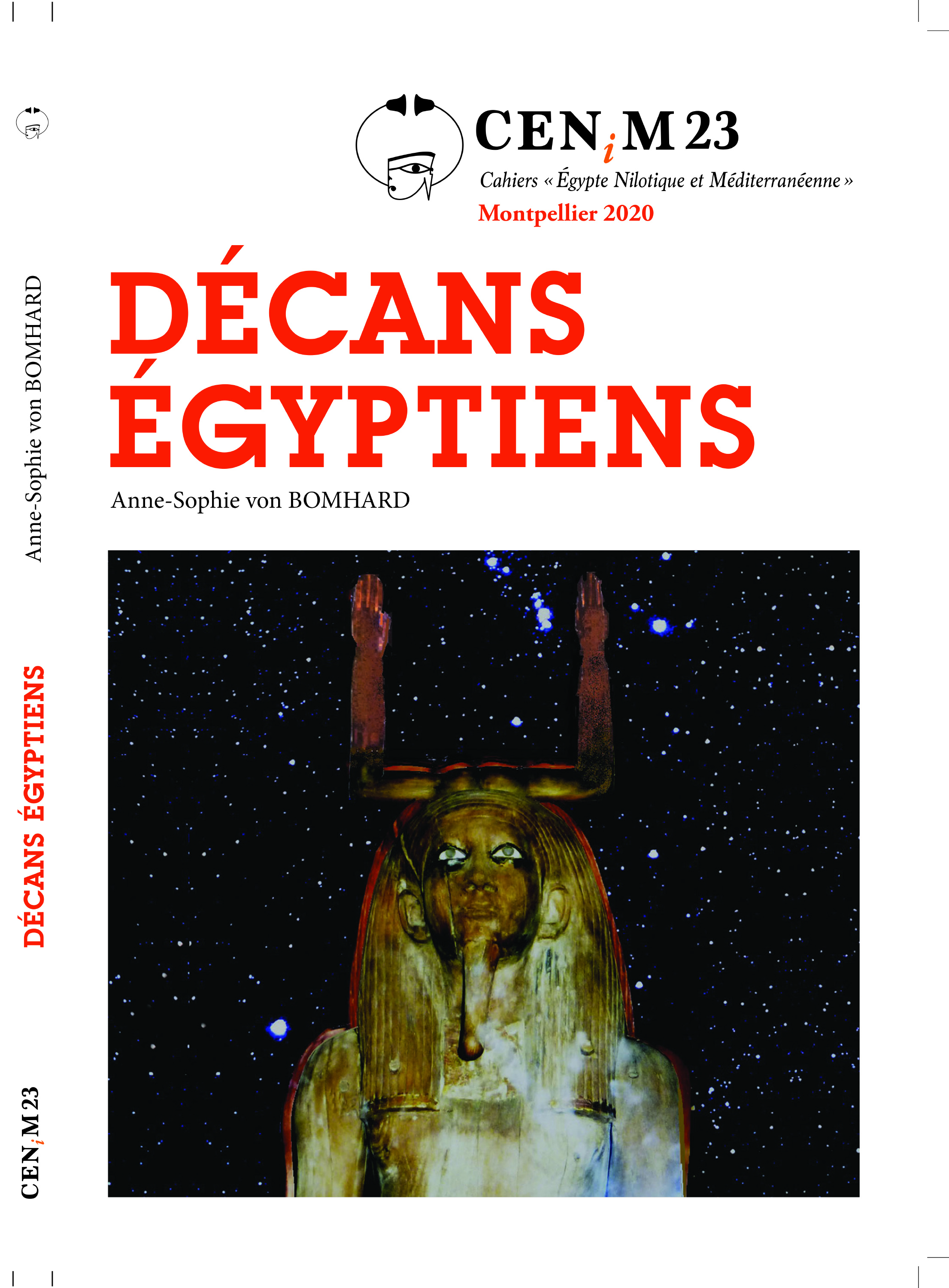 Anne-Sophie von BOMHARD DĂ©cans Ă©gyptiens, CENiM 23, Montpellier, 2020 — (2020)
Anne-Sophie von BOMHARD DĂ©cans Ă©gyptiens, CENiM 23, Montpellier, 2020 — (2020) 
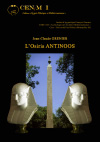 Jean-Claude Grenier L'Osiris ANTINOOS, CENiM 1, Montpellier, 2008 — (26 dĂ©cembre 2008)
Jean-Claude Grenier L'Osiris ANTINOOS, CENiM 1, Montpellier, 2008 — (26 dĂ©cembre 2008) 
TDENiM - Mise en ligne des volumes Ă©puisĂ©s : 
 Twitter
Twitter 4195318 visites - 11859 visite(s) aujourd’hui - 111 connecté(s)
© ENiM - Une revue d’égyptologie sur internet
Équipe Égypte Nilotique et Méditerranéenne - UMR 5140 - « Archéologie des Sociétés Méditerranéennes » (Cnrs) - Université Paul Valéry - Montpellier III
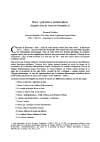
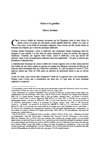
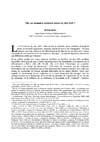
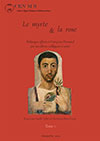
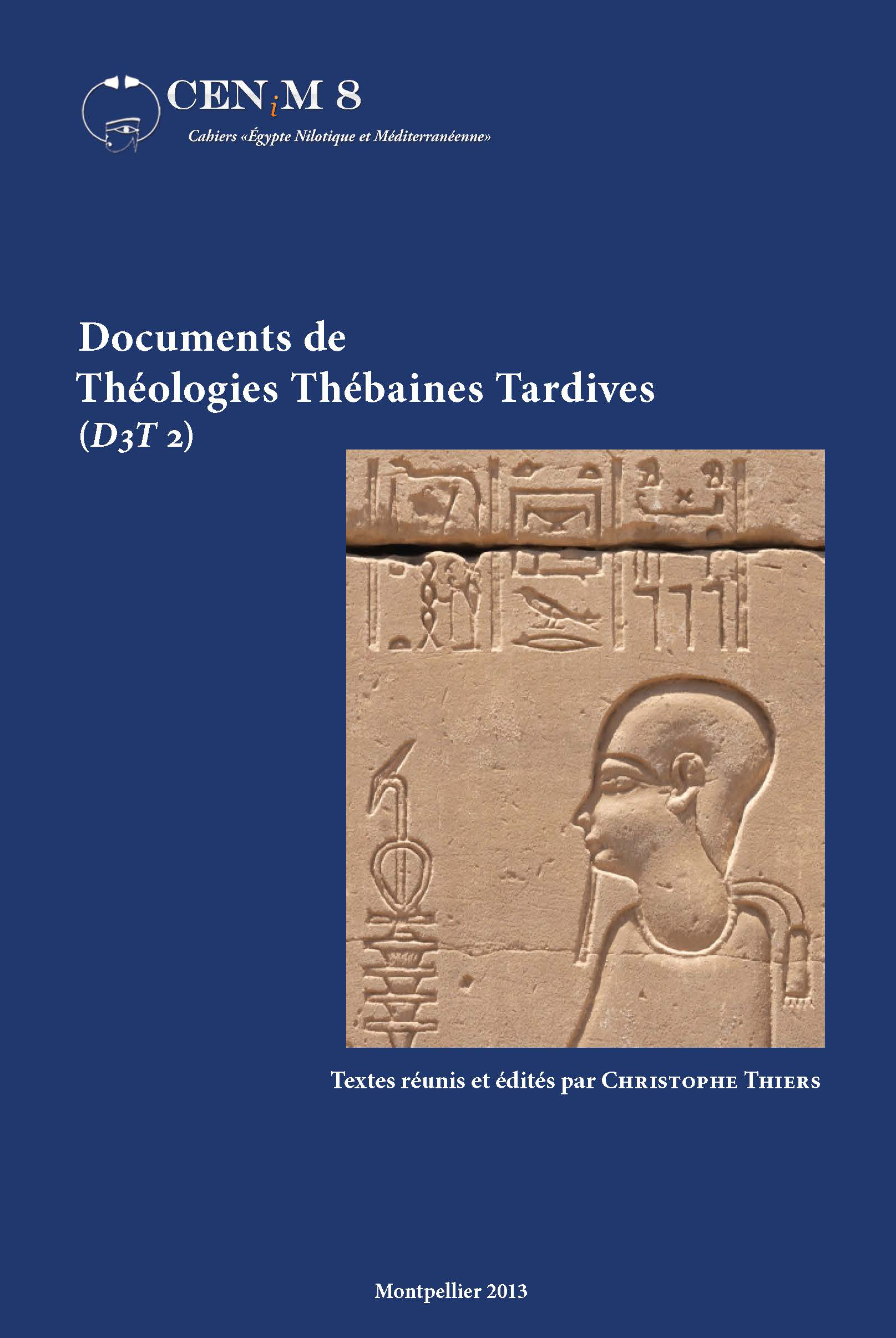
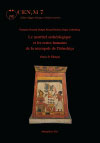
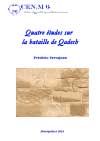
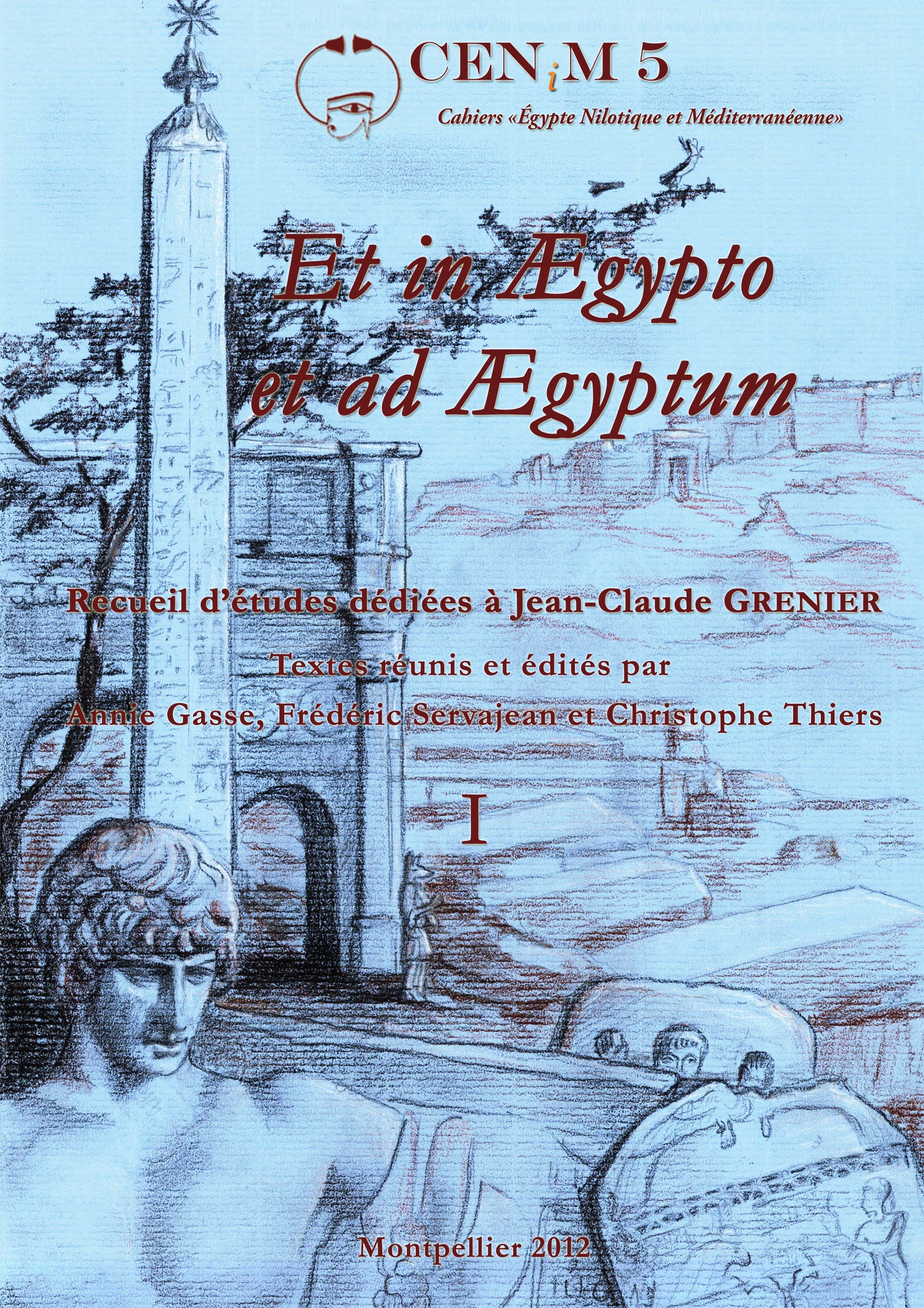
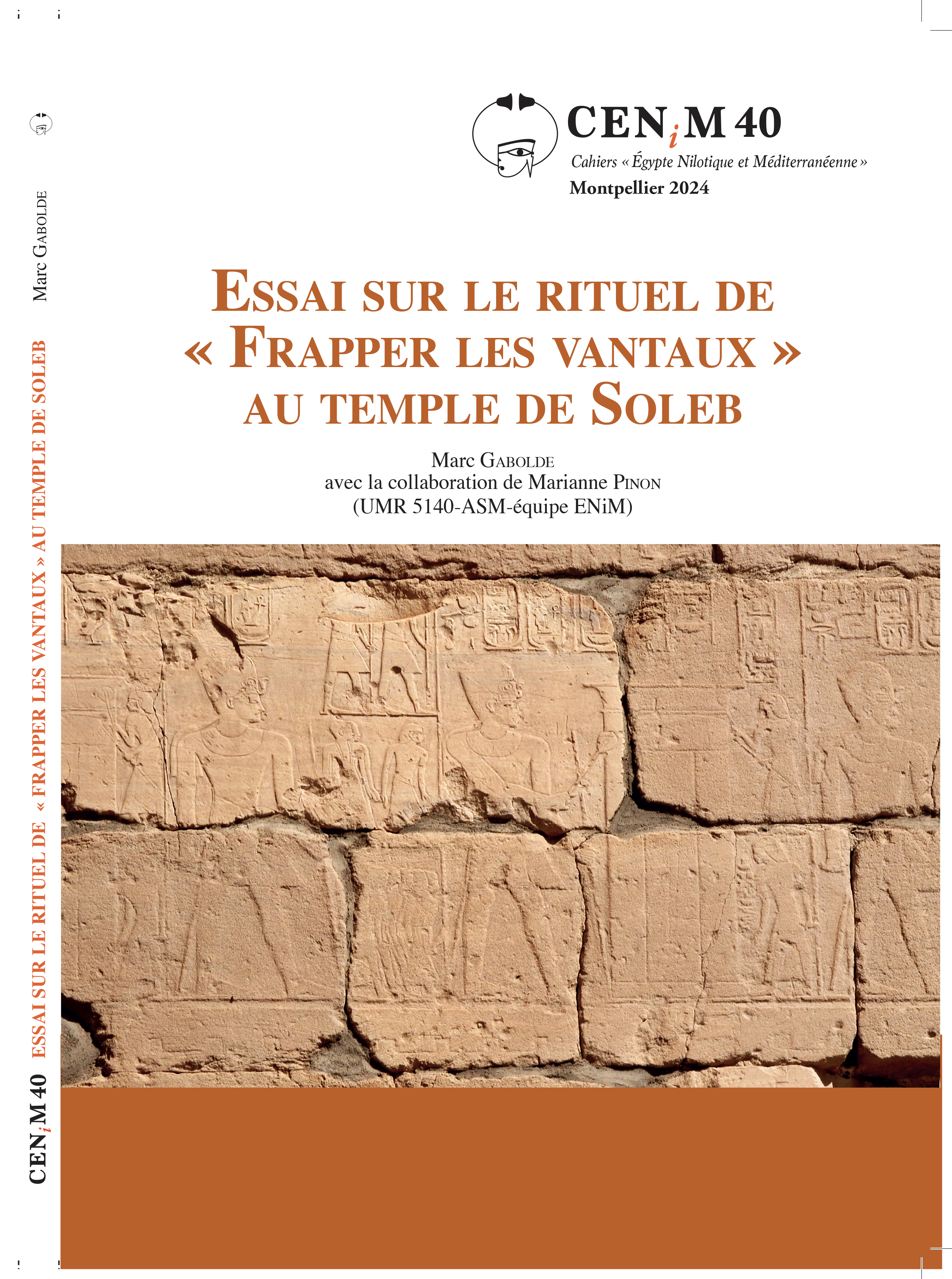
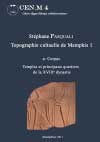
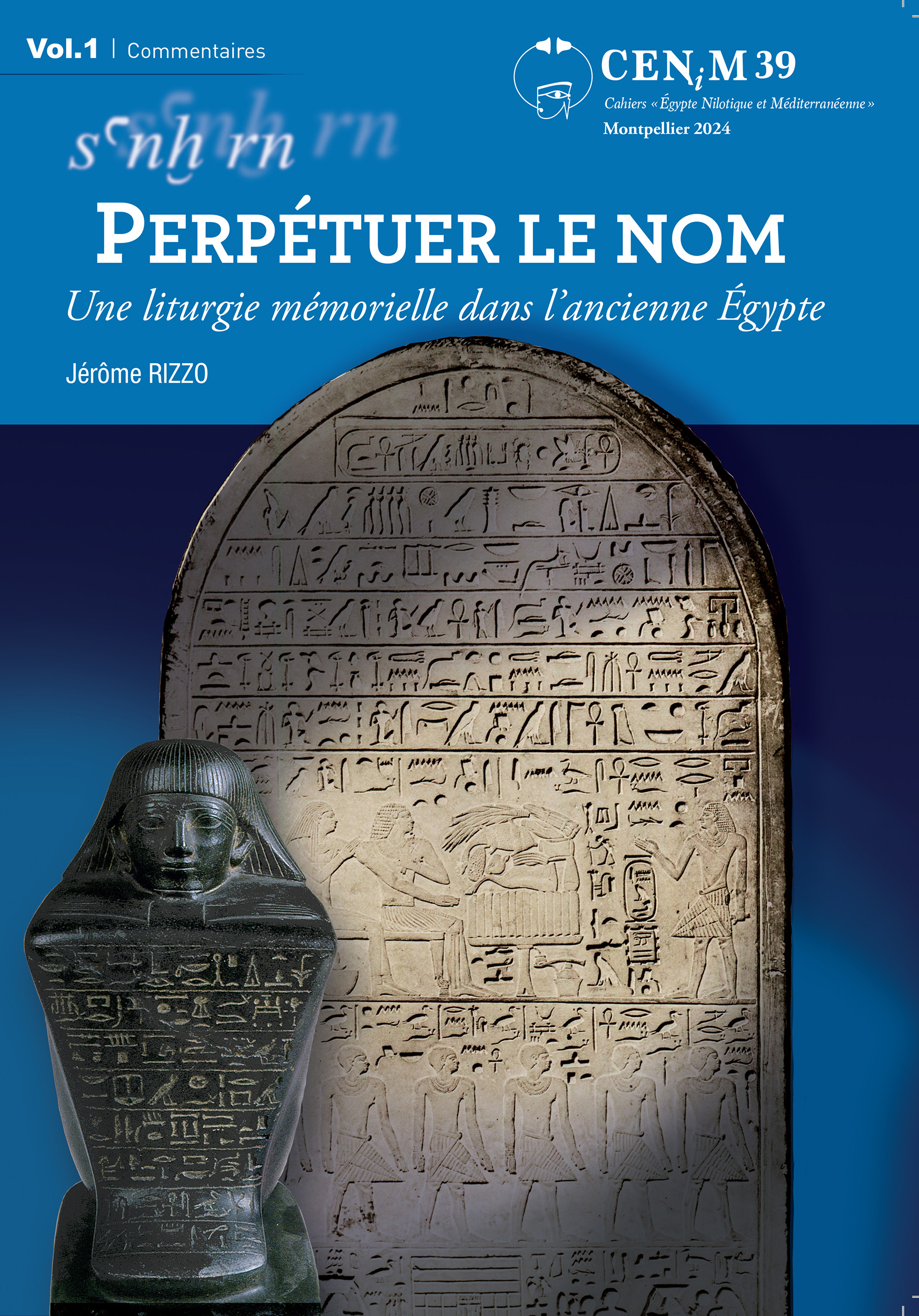
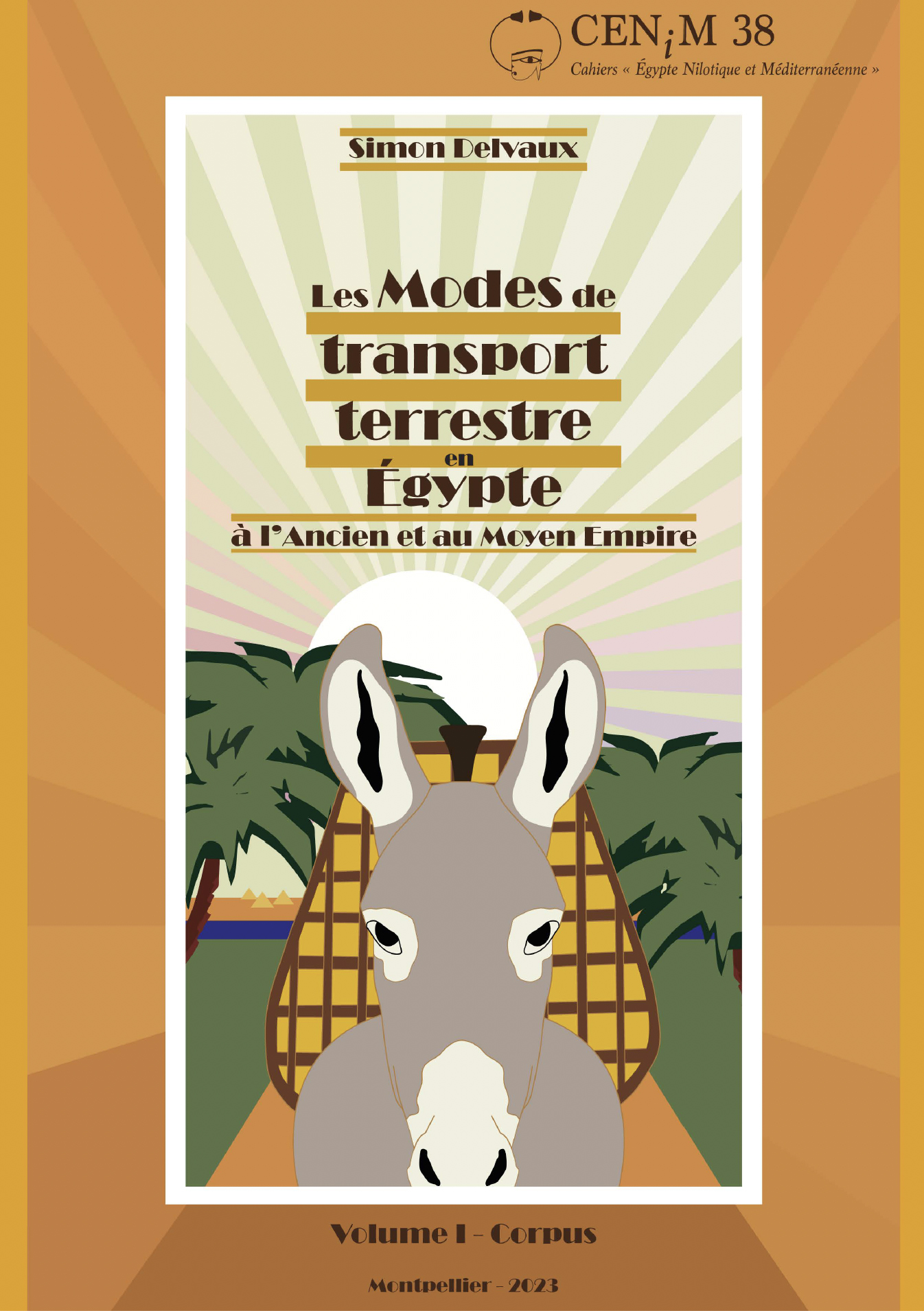
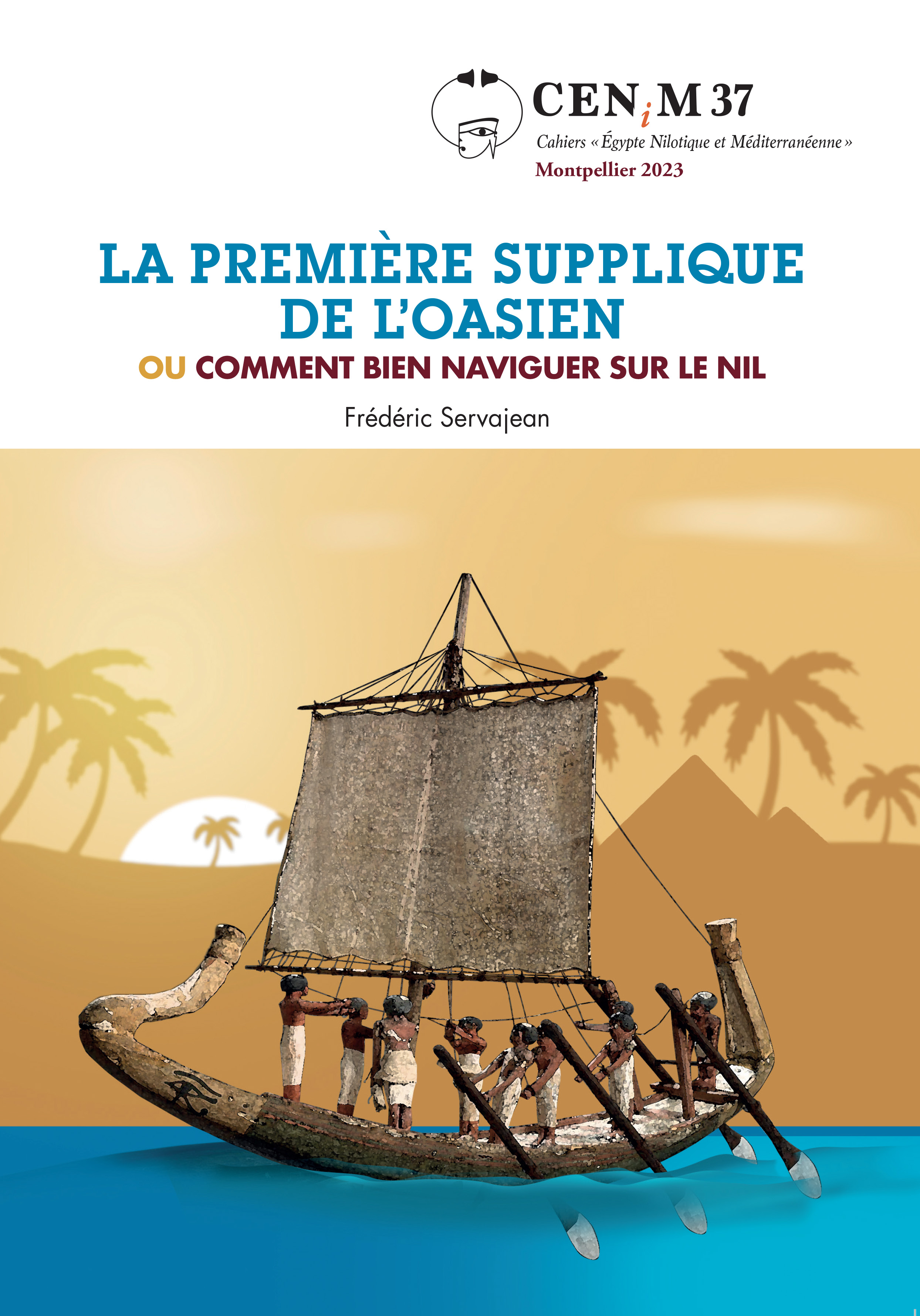
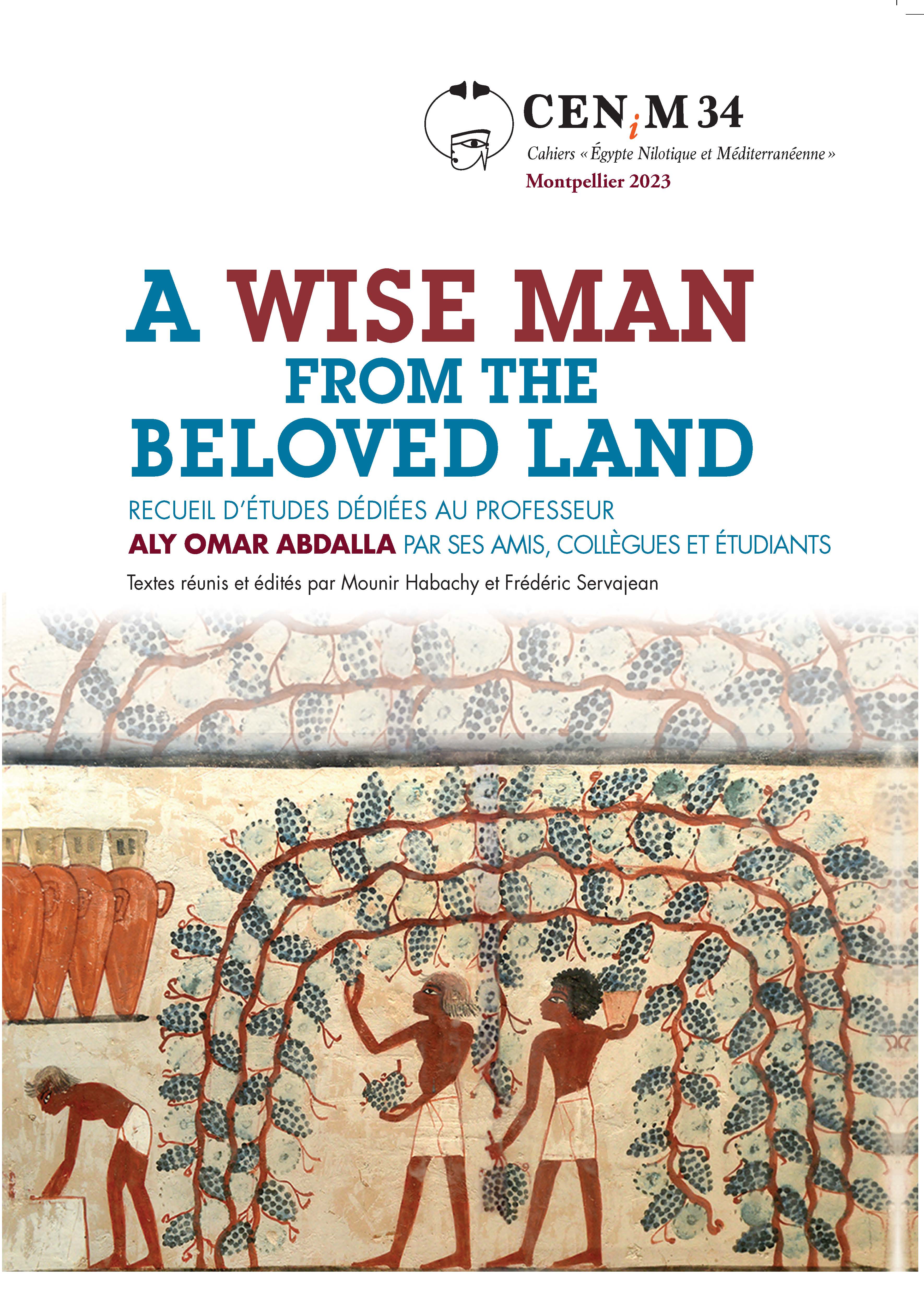
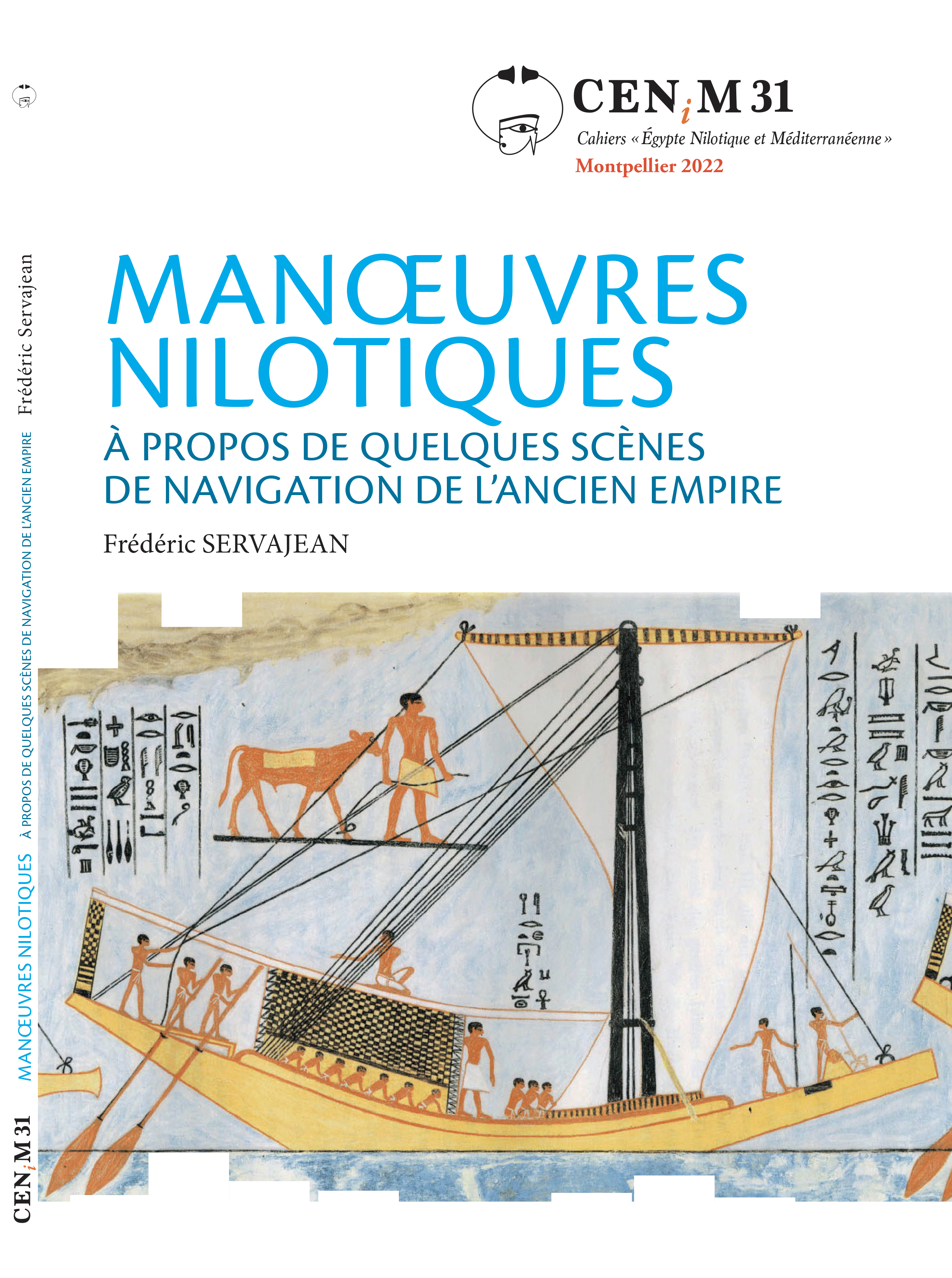
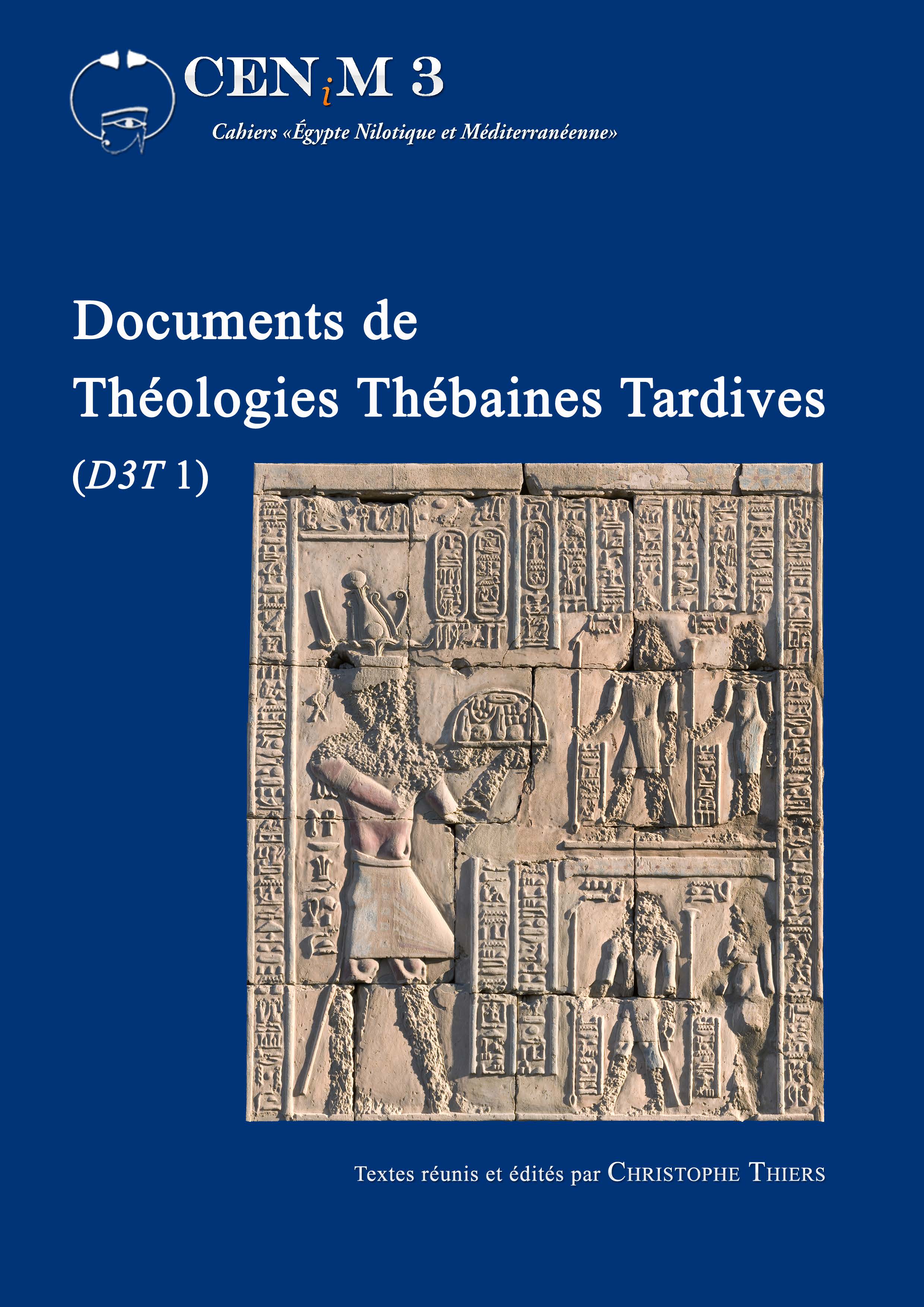
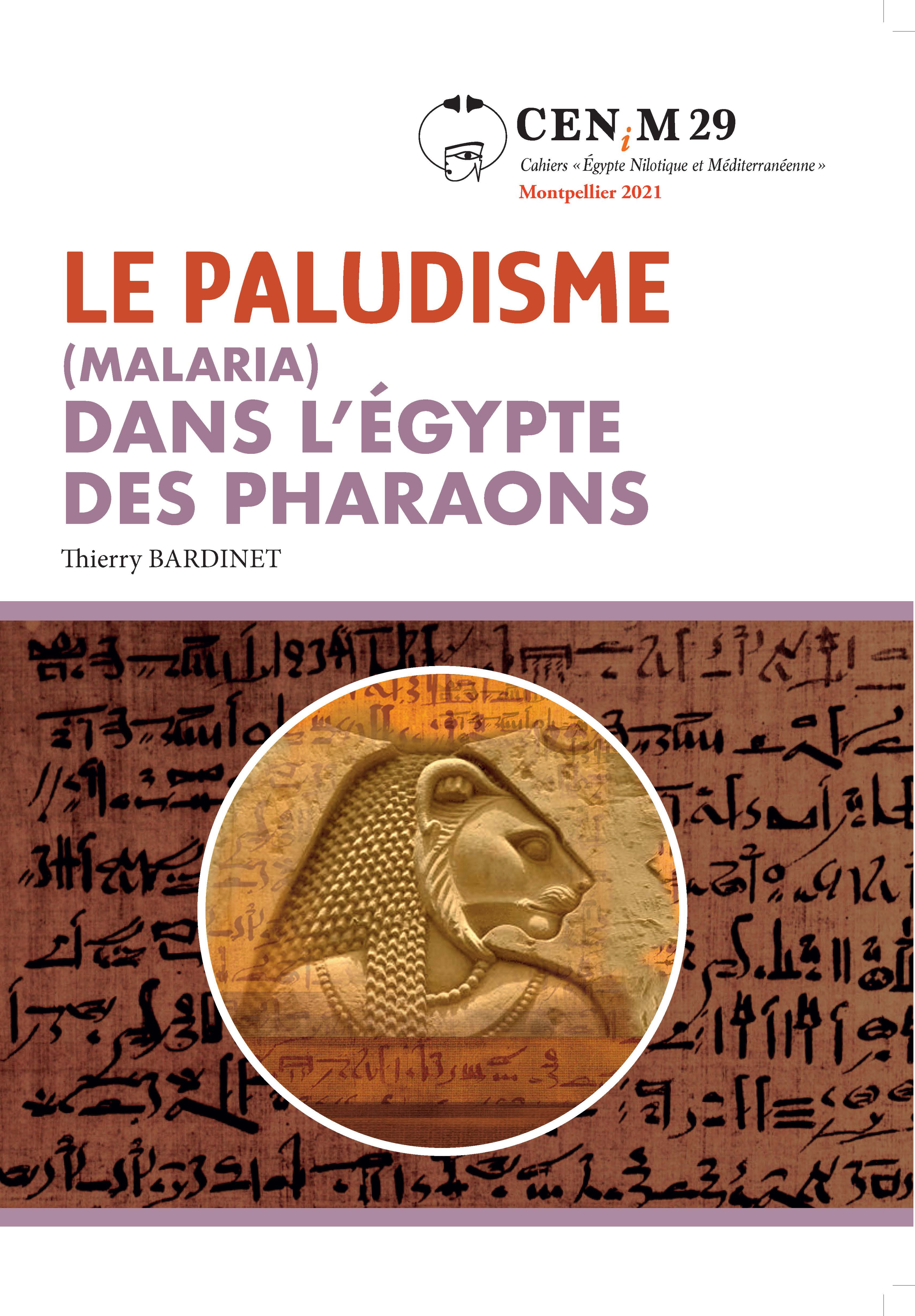
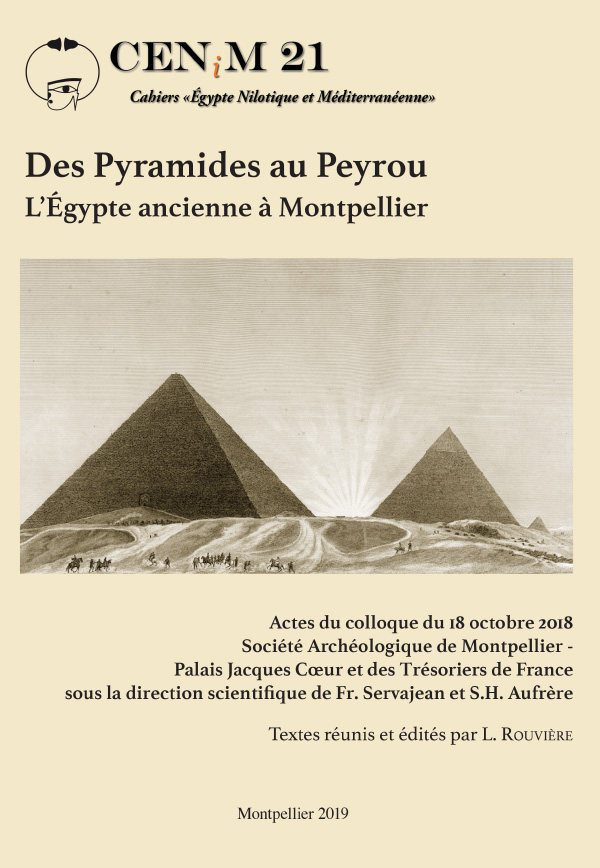
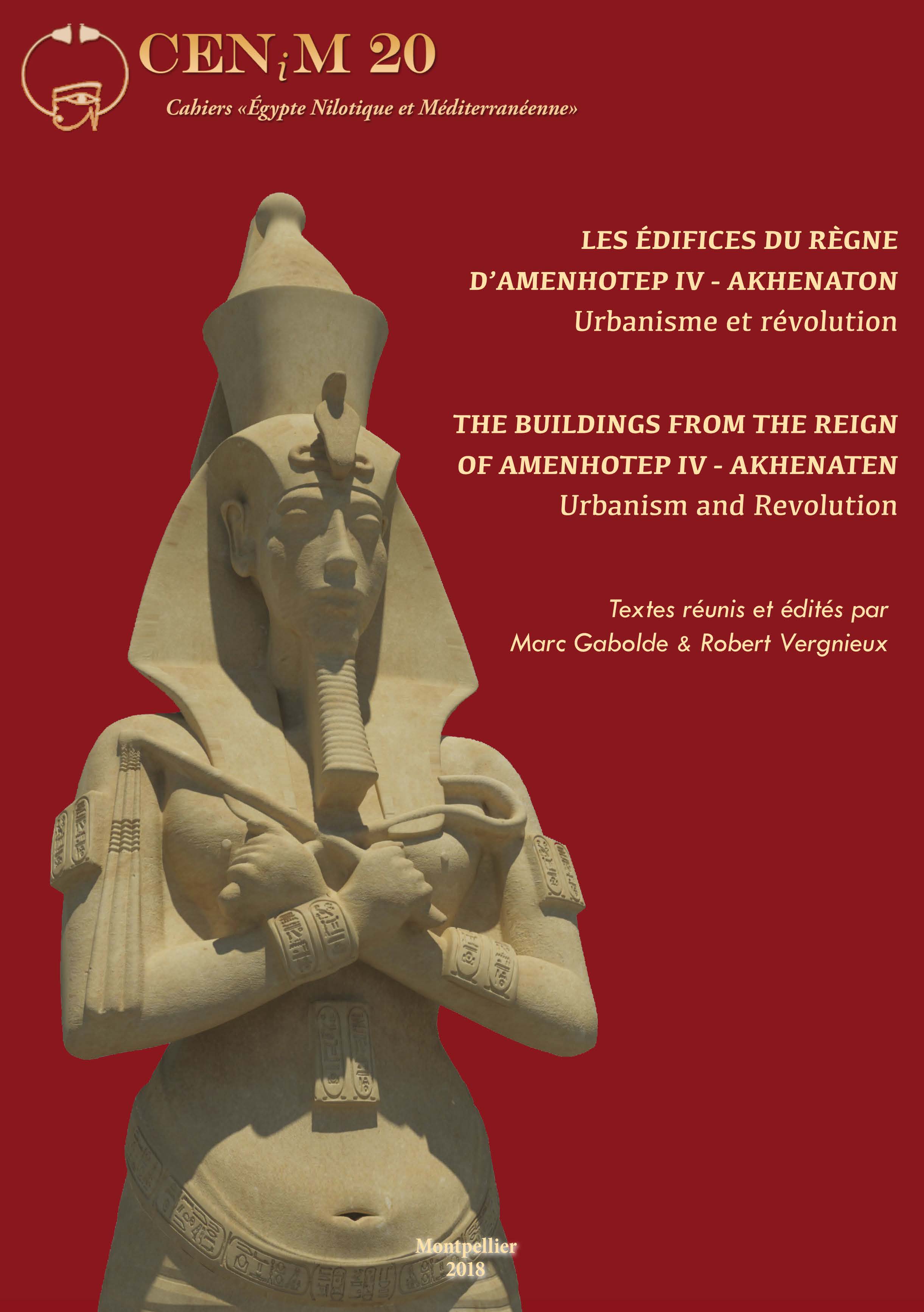
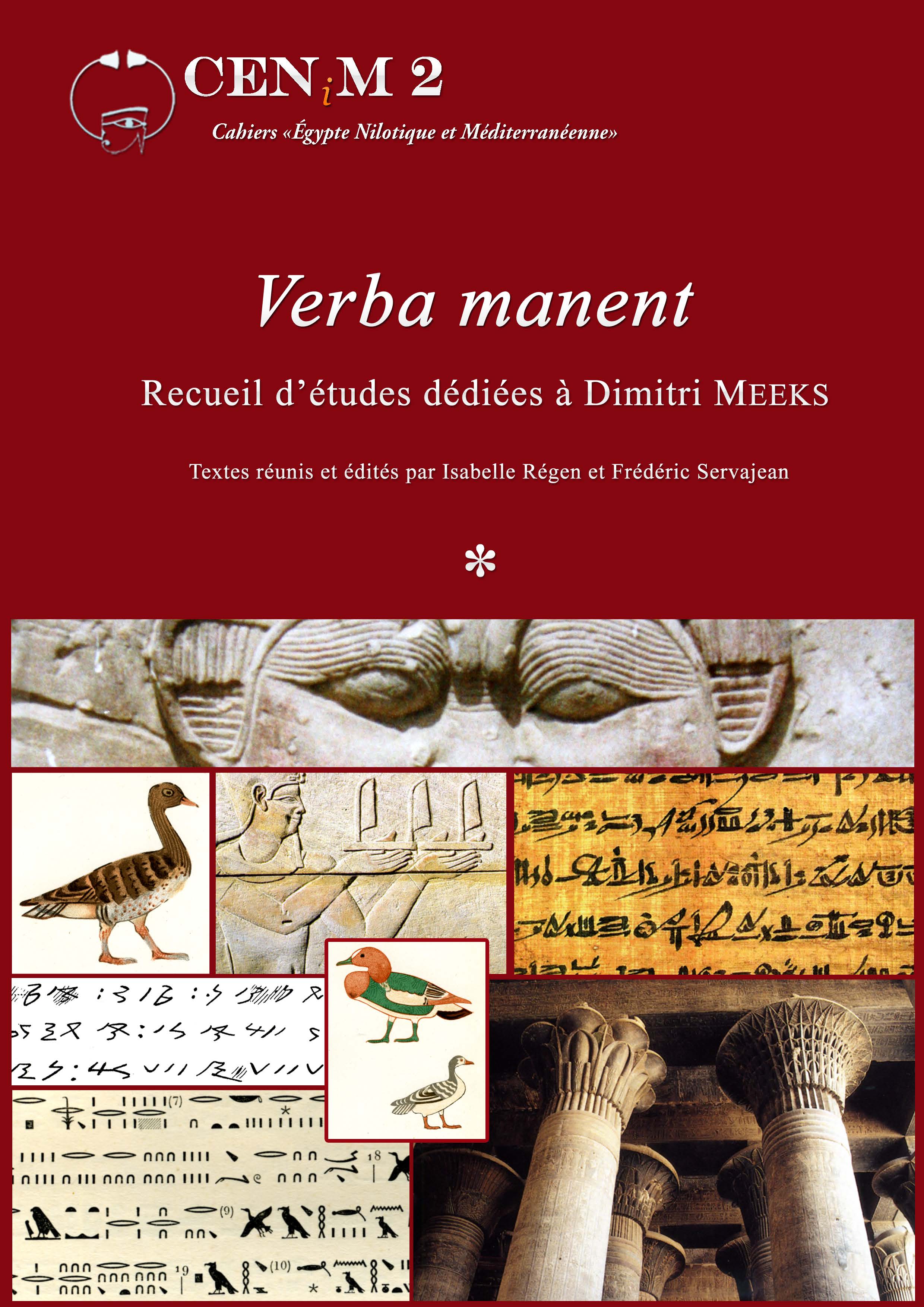
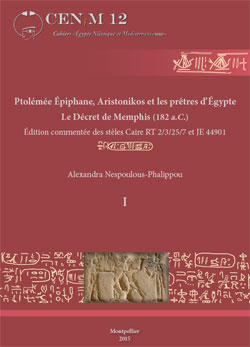
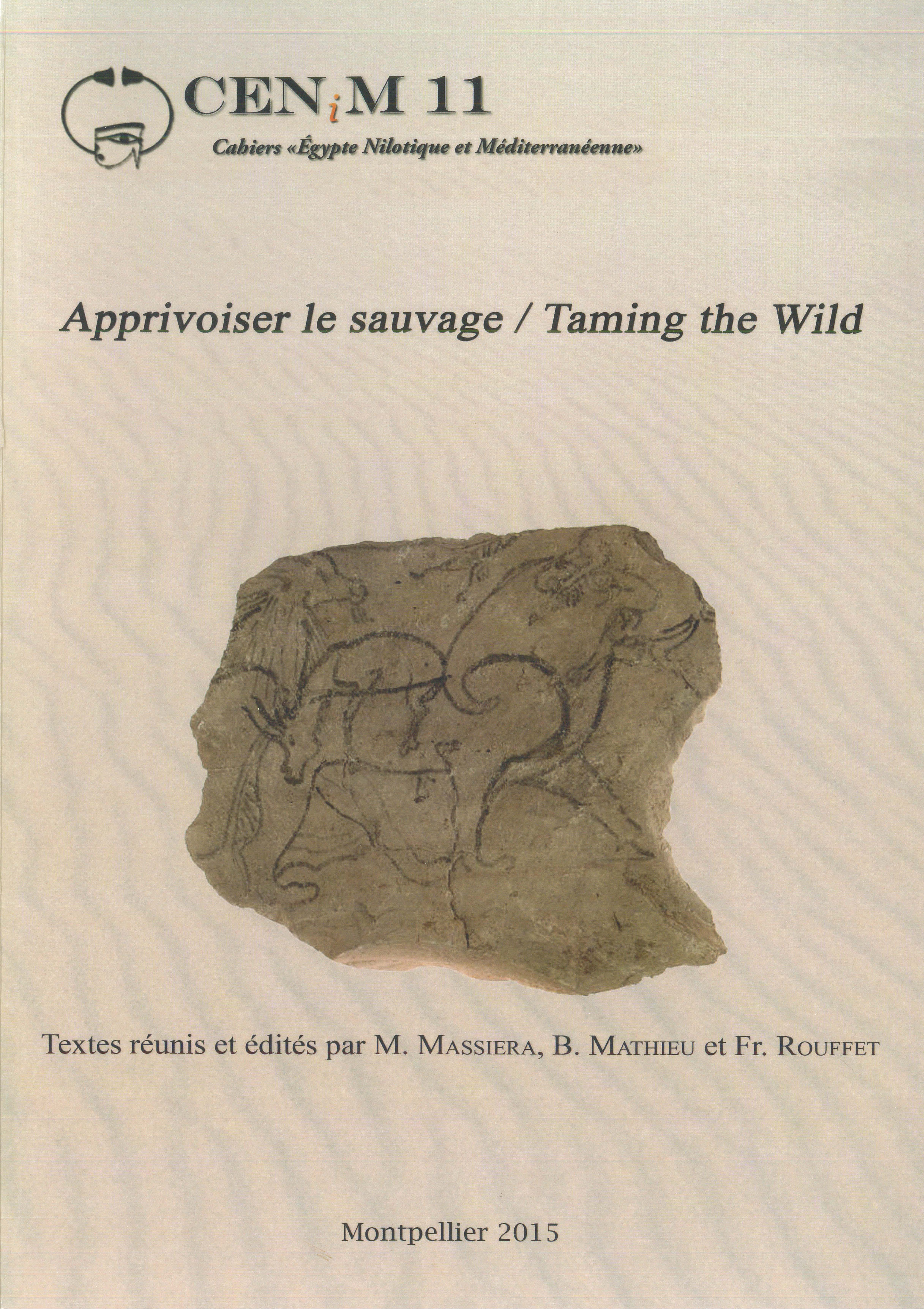

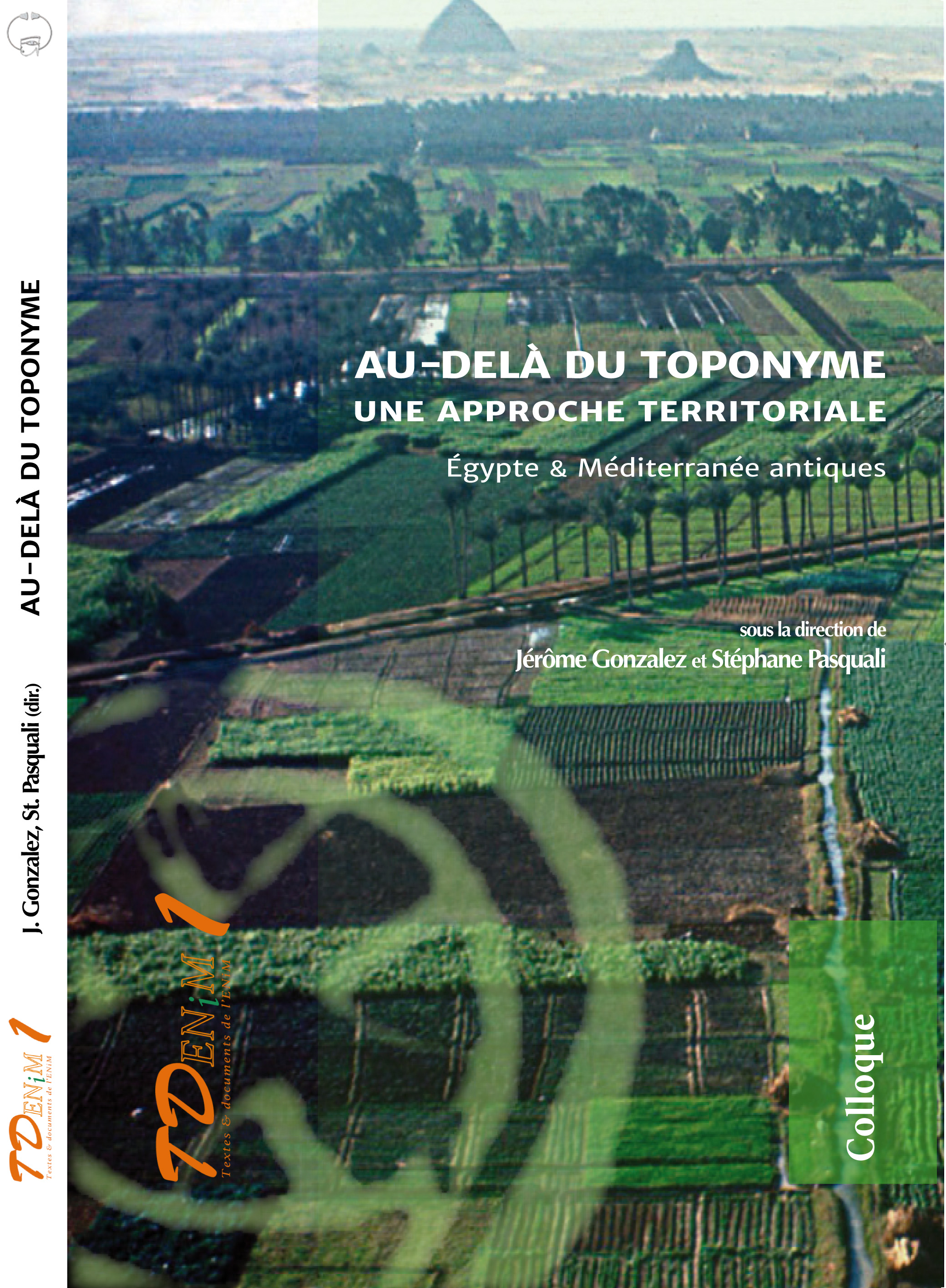
 Contact
Contact
 Abonnez-vous !
Abonnez-vous ! Équipe Égypte Nilotique et Méditerranéenne
Équipe Égypte Nilotique et Méditerranéenne UMR 5140 « Archéologie des Sociétés Méditerranéennes » (Cnrs)
UMR 5140 « Archéologie des Sociétés Méditerranéennes » (Cnrs) Université Paul Valéry - Montpellier III
Université Paul Valéry - Montpellier III